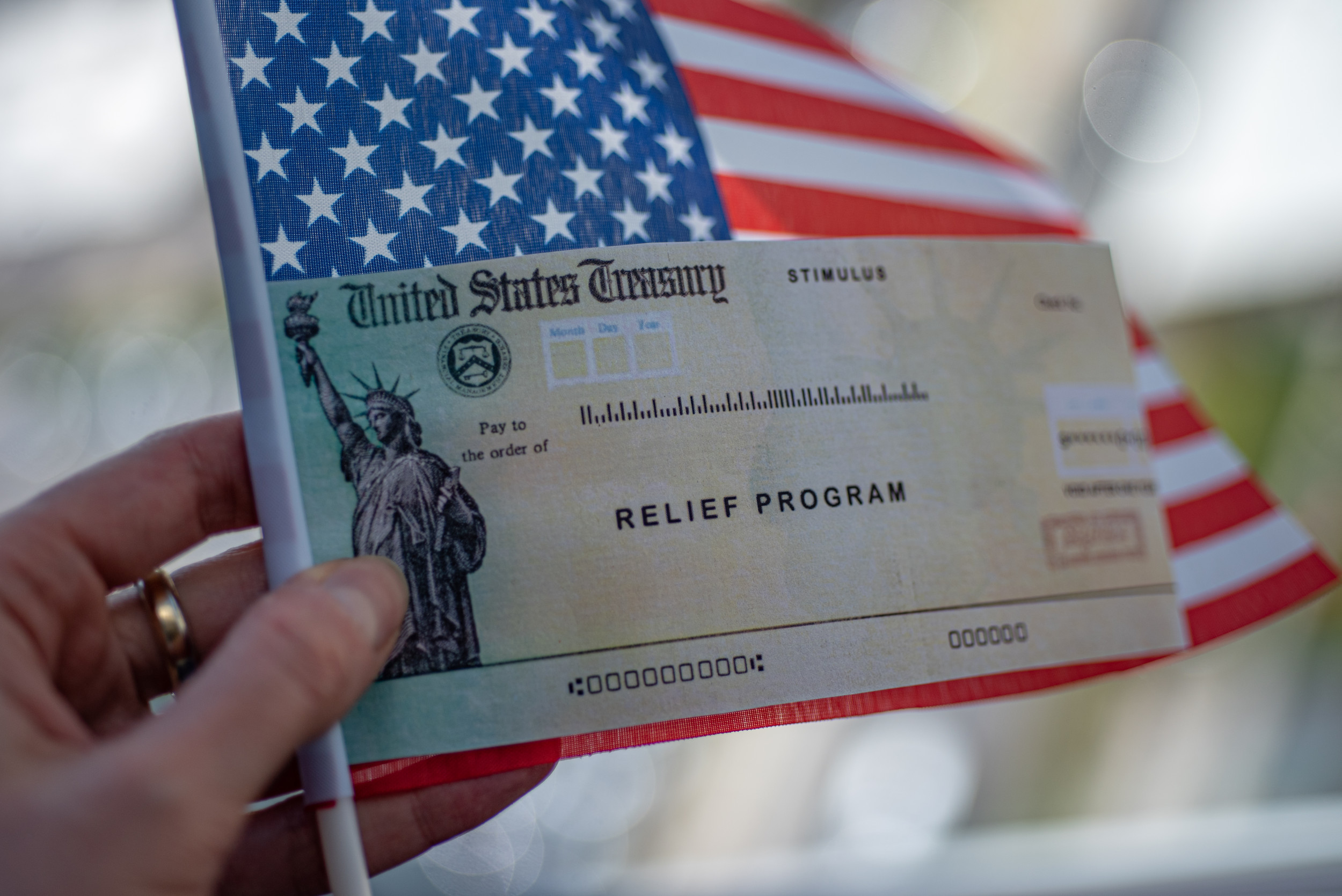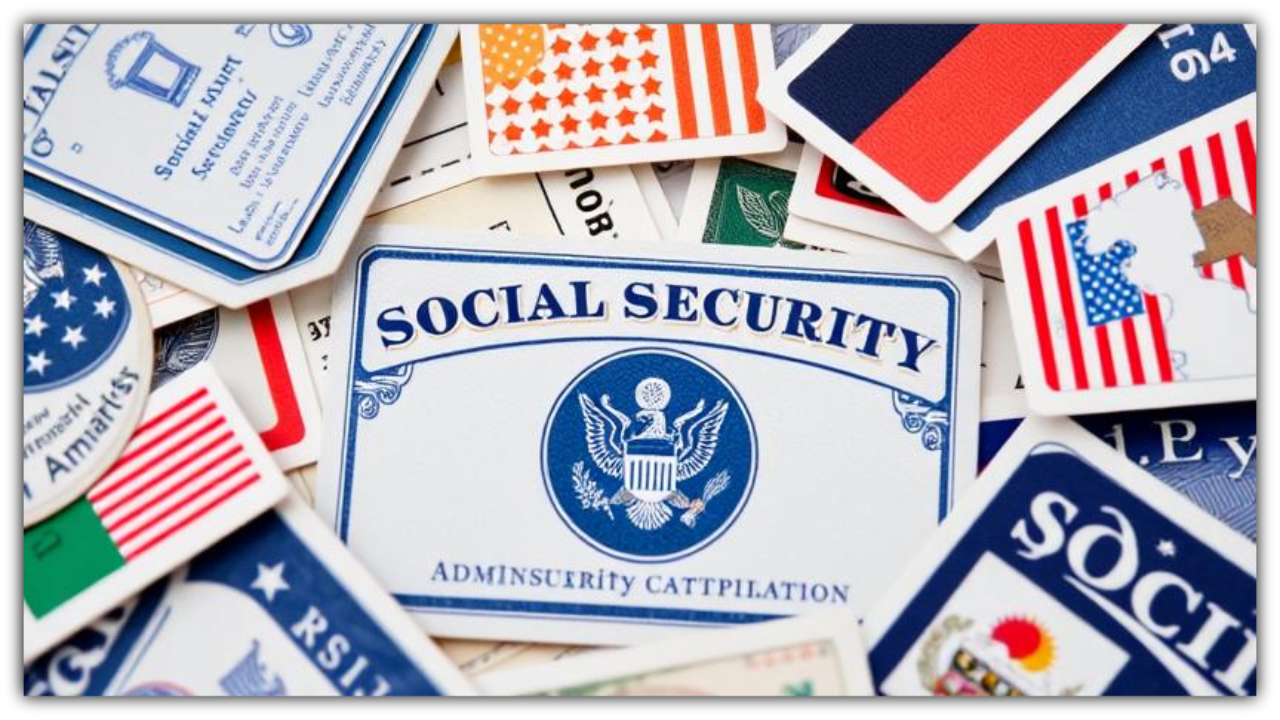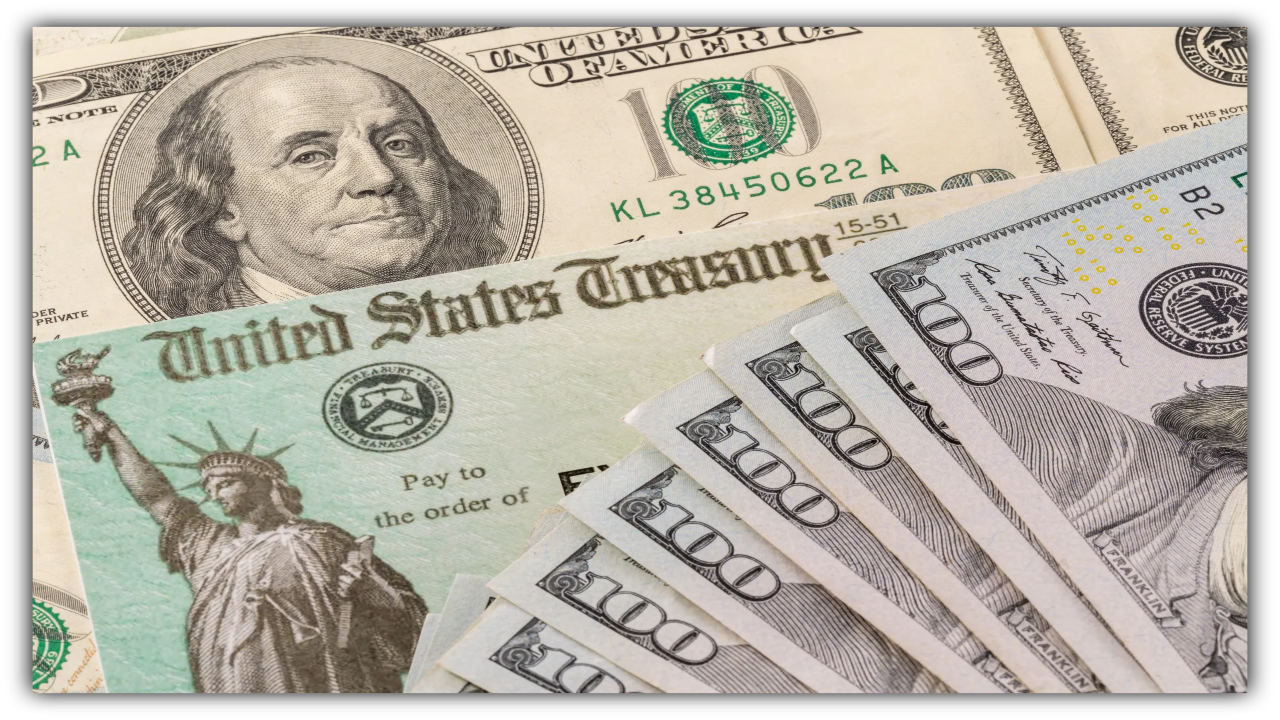In 2024, many Americans are still suffering the economic consequences of the COVID-19 pandemic and the continuous rise in prices. As the country works to recover financially, the government has implemented a series of stimulus checks designed to assist specific populations, such as veterans, Social Security recipients (SSI, SSDI), and low-income families. The approaching direct stimulus payments of $1200, $1400, and $2000 are important and could change the lives of millions of eligible Americans. These contributions are intended to help cover basic living expenses and provide critical financial assistance to those in greatest need.
These cheques are more than just a government handout for recipients of Veterans Affairs (VA) benefits, Social Security Income (SSI), and Social Security Disability Insurance (SSDI); they are a lifeline in times of economic instability. In this post, we’ll go over these direct payments in-depth, discuss how you can qualify, and provide step-by-step guidance for claiming them.
$1200, $1400, $2000 Direct Stimulus Checks
The $1200, $1400, and $2000 direct stimulus cheques give critical financial assistance to those most in need, including veterans, SSI and SSDI recipients, and low-income persons. Understanding how to qualify, apply for, and claim your stimulus check will guarantee that you get the help you need to get through these difficult times. If you are eligible, don’t delay—check your status, file taxes if necessary, and track the payment status through proper channels. During times of uncertainty, these payments are an important tool for Americans to maintain financial stability.
Stimulus Programs: Overview
The $1200, $1400, and $2000 direct payments are intended to provide economic relief to those who have struggled financially, particularly during the economic depression caused by the COVID-19 pandemic. These checks are part of the US government’s ongoing efforts to protect vulnerable groups, which include:
- Veterans (VA benefits).
- Supplemental Security Income (SSI) recipients
- Social Security disability insurance (SSDI) recipients
- Low-income people and families
While these direct payments are not guaranteed annually, the government has continued to provide different forms of assistance, such as tax breaks, in response to both the pandemic and ongoing inflationary pressures. These programs strive to alleviate financial hardship and ensure that fundamental necessities are addressed.
$1200 stimulus check
The $1200 stimulus check is primarily intended for persons who meet the eligibility requirements for federal financial assistance due to low income or a lack of sufficient employment income. This check may be issued automatically to persons receiving Social Security benefits (SSI or SSDI), based on the Social Security Administration’s reported income levels.
The $1200 payment was initially made in response to the pandemic under the CARES Act, but it remains part of follow-up relief packages targeted at fighting economic instability.
$1400 stimulus check
After the $1200 stimulus check, the $1400 stimulus payment targeted a larger set of people, providing more financial aid. If you receive SSI or SSDI payments, or if you are a veteran, you are likely to have gotten a $1400 check.
The $1400 stimulus check, like the $1200 payment, was part of the federal effort to address the financial consequences of COVID-19 and following economic challenges, such as job losses and rising living costs.
$2000 stimulus check
The most recent stimulus payment, at $2000, provides the biggest relief to qualified individuals. The $2000 check might help those on fixed incomes or receiving disability payments meet their daily living needs, such as rent, utilities, food, and medical bills.
Eligibility Criteria
Before we delve deeper, let’s look at who qualifies for these checks:
- Veterans (VA Benefits): Individuals receiving veterans’ benefits are often eligible for stimulus cheques. However, it is critical to confirm that your exact VA benefit type qualifies.
- SSI and SSDI Recipients: Social Security recipients, including SSI (Supplemental Security Income) and SSDI (Social Security Disability Insurance), are normally entitled to these payments. However, eligibility can vary depending on your income level and whether you have previously filed taxes.
- Low-income individuals: If your income falls below a government-set threshold, you may be eligible for these checks. The actual income cap varies by state, and extra limitations may apply depending on household size.
How to Claim it
The steps are:
- Check Eligibility: The first step in obtaining your stimulus check is to verify your eligibility. Payments for Social Security benefits (SSI/SSDI) are usually issued automatically, but it’s always a good idea to double-check your information with the Social Security Administration.Veterans should verify with the Department of Veterans Affairs to ensure their benefits are up to date. If you’re unsure whether you qualify, you can check the status of your stimulus payments on the IRS website.
- File Taxes: If you have not filed taxes in the past, you may need to complete a basic tax return to ensure you receive your payout. This is typical among folks who earn less than the tax filing level but yet want to collect their stimulus payout. In some circumstances, persons who are not required to file taxes must nonetheless complete a non-filer form.
- Check Payment Status: The IRS Get My Payment Tool is a great way to track the progress of your stimulus check. You can enter your Social Security number and other required information to find out when your payment will be released.
- Apply for Extra Assistance: If you are unsure whether you have gotten all of the relief you are entitled to, contact the IRS or SSA for assistance. Some people may be eligible for additional forms of assistance, such as child tax credits or healthcare subsidies.




